Today, the most popular irrigation option at the dacha is drip irrigation. Water falls directly under the roots of plants, so this system allows you to save on the consumption of water resources, to facilitate the laborious process of watering and increase yields. This option of irrigation can be purchased with a ready-made kit or you can do it yourself. Drip irrigation do-it-yourself for giving at no cost: make the system itself out of scrap materials.
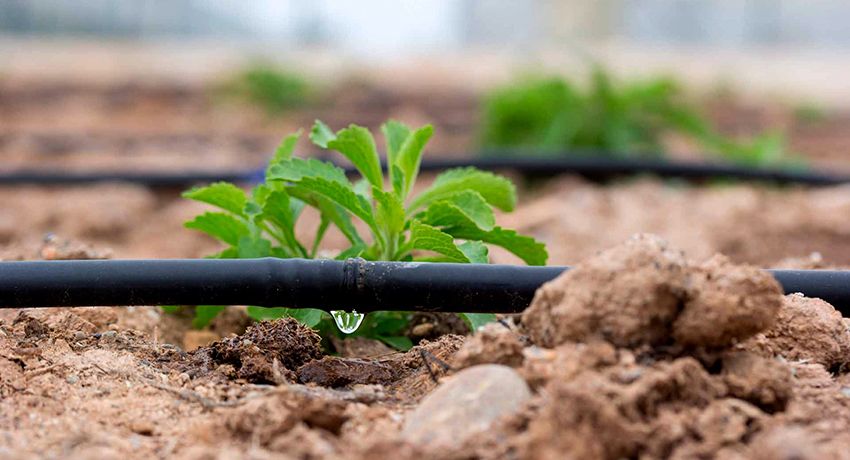
What is drip irrigation: feature irrigation system
Drip irrigation is a system of regular and uniform moisture supply of the root system of plants, which helps to moisten the soil directly under the planting. Such irrigation can significantly save water. The soil is not over-wetted excessively and does not swamp between the rows, as is the case with other water supply options. This contributes to the active supply of oxygen to the root system, which has a beneficial effect on plant growth, thereby increasing yields.

Drip irrigation system reduces the complexity of care for green crops. And with an automated process, you can leave the site unattended for several days, without worrying that the plants will be left without water.
Options may be the most diverse. But any system includes trunk pipelines for water supply and distribution, and branch branches that feed water directly to the root system of each green planting. The system is connected to a centralized water supply system, a storage tank (gravity version) or to a pumping station. It can be equipped with automation, sometimes its control is carried out manually. Depending on these criteria are selected component systems.
The main element of the system is the source of water supply. It can be represented by a water supply system, a well, or a water measuring tank, which is installed at a height of at least 1.5 m. The next mandatory element is a filter for drip irrigation with your own hands, thanks to which the system will not be clogged with various small debris.
The device can be swirling, disk or mesh. The latter option is considered more popular due to its low cost. Swirl filter is used for irrigation systems of large areas. The disk element is characterized by excellent performance and high cost, which is not justified for small suburban areas.

If the source of water supply is a well or a well, the system is necessarily completed with a pumping unit. The most appropriate option is the centrifugal type of device. Distribution network of drip irrigation with his own hands consists of pipelines and hoses. For the main backbone network, you can use metal or plastic pipes. Metal products are durable, reliable and durable. However, the material is corroded, resulting in damage to the system.
Polyethylene or polypropylene pipes are a more acceptable option. Products are characterized by strength, smooth inner wall, which eliminates the likelihood of deposits within the system. Plastic pipes can withstand temperature fluctuations and the negative effects of aggressive substances.
For the organization of taps to each row, they are mainly used in arranging the irrigation system with their own hands drip tapes in the form of a flat thin-walled tube, in which special water supply devices are embedded inside. The tape is designed for pressures up to 1 bar. When it is increased, the product may burst. The maximum length of the tape is 100 m.
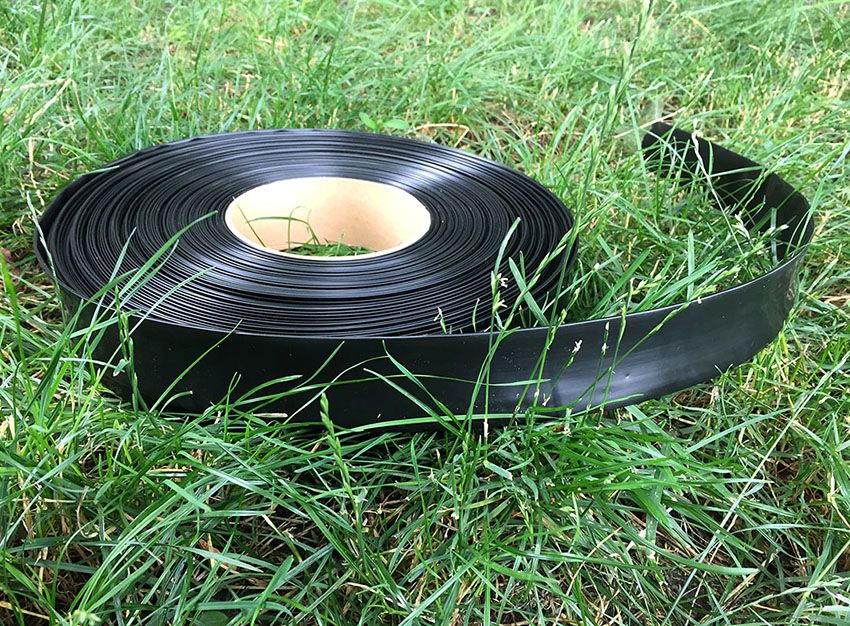
Buy drip tape can be slit or emitter. In the first embodiment, a maze is located along the entire length of the product, which distributes water evenly. At certain distances there are holes for water release. This type of tape is prone to clogging, so it requires the installation of a good filter.
Inside the emitter tape are placed flat droppers, equipped with a labyrinth system, through which water is supplied to the plants. Emitters can be at different distances in the range of 10-35 cm, which is determined by the type of crops watered. The smaller this value, the higher the cost of the product. Emitter tape is more reliable than crevice tape, and this is reflected in the cost of the product.
When choosing a tape should pay attention to its thickness, which affects the strength and durability of the product. The thinnest element will last no more than one season and is suitable only for greenhouses.
Drip tube is made of HDPE, is tough and durable. It is produced without openings and is intended for self-installation of external droppers. The wall thickness of the product is 0.9-1.2 mm. The material is resistant to UV rays. The drip tube can withstand pressures up to 6 bar.
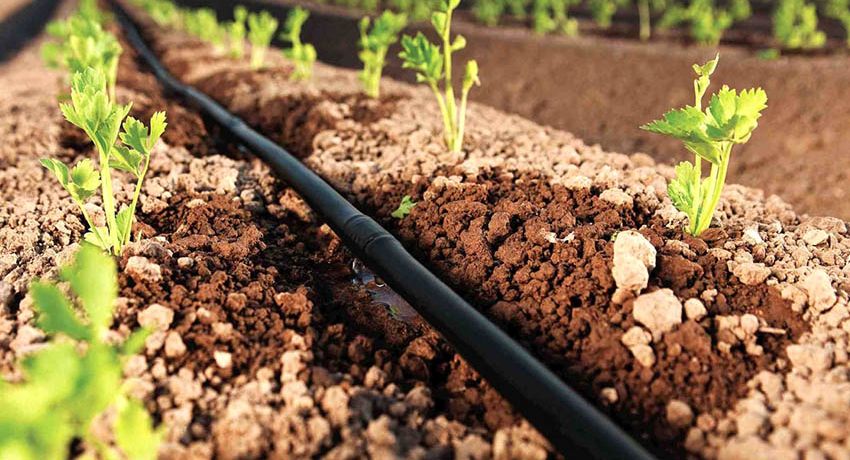
External droppers are used when organizing drip irrigation in the country individually for each plant. To ensure the normal operation of the system, it is necessary to have high pressure in the network. These devices can be connected through thin hoses or connected directly to the drip pipe.
There are several varieties of external droppers. Compensated used for uniform irrigation with a very long drip tape, as well as in areas with a slope. They work exclusively from the pressure system. Less prone to contamination by small debris. Uncompensated devices are used with a small length of the drip tube and on flat areas. This option is used for gravity systems from the tank. They can operate at low line pressure. There are also droppers, pegs, which are used for point irrigation. The product is installed in the root zone plantations.
Helpful advice! For drip irrigation of tomatoes, cucumbers, eggplants and peppers, it is advisable to use exactly drip tubes with external droppers.
The advantage of such pipes is that you can independently choose the installation step and adjust the amount of water produced. The disadvantages include the high cost of the product (in comparison with drip tapes), time-consuming and lengthy process of cleaning droppers.

When arranging drip autowatering, you should set a timer. It performs the following functions:
- controls the irrigation system;
- controls the operation of the pump motor;
- starts and stops the flow of water;
- provides work of several lines at the same time.
The timer runs on batteries. When they change all the programs on it are saved. The device can be equipped with a water meter function. Distinguish between mechanical and electronic timers. The first option works on a spring, providing continuous watering for up to 24 hours. Adjustment mode is made manually. Any action cannot be programmed indefinitely. Such a device can be used for small areas where the irrigation process is constantly monitored by the owner.
The electronic timer allows you to program the process. The device has a mechanical or software control. The first option is set for one week with a watering duration of no more than 2 hours. An innovative device is a programmable timer with 16 commands. With it you can irrigate crops with different irrigation regimes. The equipment is equipped with a humidity sensor. Such an expensive option (in comparison with other devices) is recommended to be installed for watering large areas, as well as in greenhouses.
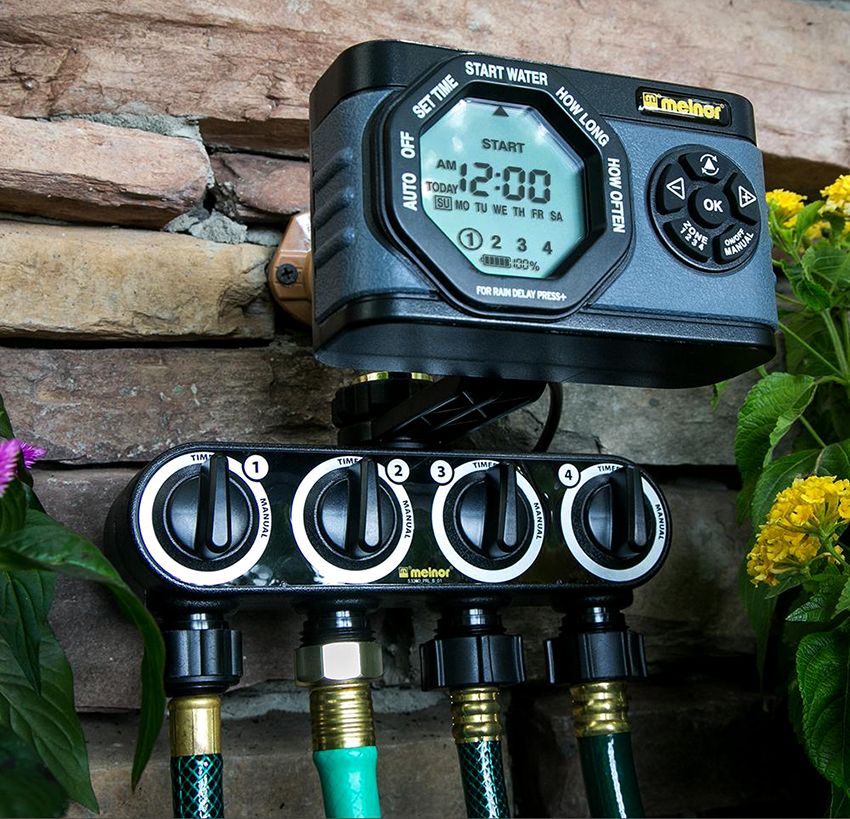
If the system is connected to a centralized conduit or pump, you should choose a device with a solenoid valve, and for irrigation from the barrel by gravity – with a ball valve.
When arranging the drip irrigation system from ready-made components, it is necessary to opt for exclusively high-quality products so that it lasts for many years and the funds are not wasted. The irrigation scheme should be fairly simple, having a minimum number of connectors. At the junction points of the elements, the pressure weakens, which contributes to the accumulation of small particles of garbage.
Installation of the system is preceded by the creation of the layout of all its components, and this, in turn, depends on the layout of the site and the location of the beds. The diagram should indicate the source of water supply, the main pipe, and the discharge hoses so that you can calculate the amount of materials needed. As a source of water supply for drip irrigation is better to use a plastic barrel. This material is not subject to corrosion, which will not only increase the service life of the product, but also eliminate the possibility of rust particles clogging up the system.
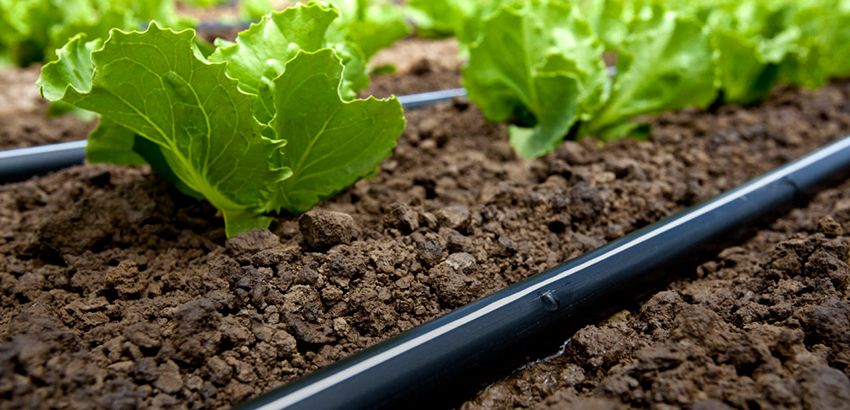
A main pipeline is connected to the water supply source, which can be made of metal or plastic. The preferred option is the installation of polypropylene pipes drip irrigation with their own hands. The main branch is perpendicular to the beds and has a larger diameter than the branch pipelines. All the elements of drip irrigation with their own hands from plastic pipes are connected by compression fittings. After the stopcock of the water source on the highway, a coarse filter is installed.
If drip tapes are used as by-pass pipelines, then holes are drilled in the line for fixing them using starter fittings. Hoses are located as close as possible to the row with plants. At the end of each tape is installed stub. Next, the system is checked for performance.
If an underground installation of the system is planned, it is necessary to dig a trench 30-70 cm deep under the pipelines. It is necessary to fill the bottom with a layer of rubble and lay the mounted system. Next, it is tested, and then filled with soil. You can study the installation process in detail on the video of drip irrigation in the country.
Important! Drip irrigation pipelines laid underground are largely prone to clogging.
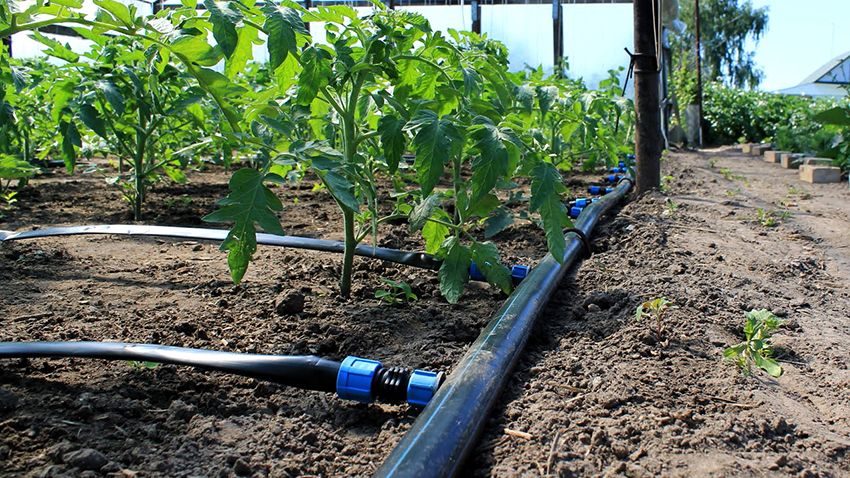
It is possible to make not only decorative elements from plastic bottles and canisters for upgrading the territory. Of them at the summer cottage organize a full-fledged system of drip irrigation, which allows to provide soil moisture for 3-4 days.
Based on numerous reviews, drip irrigation from plastic bottles is advisable to produce from containers up to 2.5 liters. Saturation of soil water depends on the type of soil, this determines the number of holes in the container, due to which sufficient moisture will be provided, which will exclude the possibility of overflow or underfilling. For example, sandy soils well absorb moisture. In this case, 1-2 holes in the bottle will suffice, and for heavy soils a larger number of them should be provided. Bottles with a capacity of 1 l. Drip irrigation of cucumbers and tomatoes is provided for 4-5 days, 3 l – 10 days, 6 l – for 14-15 days.
Drip irrigation using plastic containers should be organized in small areas. For large areas it will take too much time and effort to refill the container with water.
Helpful advice! The plastic system can be used to feed and fertilize various crops.

The main advantages of creating drip irrigation from plastic containers:
- significant water savings;
- minimum financial costs for the organization of the system;
- individual approach to each green space;
- simple installation, operation and maintenance;
- targeted entry of moisture and fertilizing.
Today you can buy a drip irrigation system, which includes all possible elements. But such a decision requires significant financial costs. A more economical option is to create such a mechanism from ready-made components. In addition, you can make yourself for giving the irrigation system from scrap materials, such as plastic bottles and medical droppers. The choice depends on the nature of the territory, its area, the number and type of green spaces, personal preferences and financial capacity of the owner.

